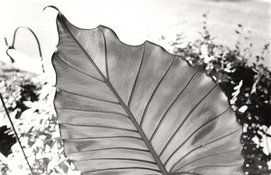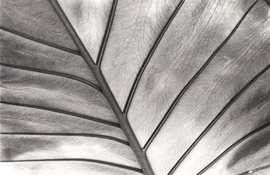This is the data the demosaicing and all subsequent processing mechanisms has to work with. An ordered mess, low contrast with low colour information.
Especially interesting is the naive, super simple demosaicing in the upper right.
The demosaiced image is to big degree an invention.
You get a big delta if you compare an uncompromised image scanned with a synthetic simulated Bayer photo.
Edges and contrasty textured areas, are treated much differently than the rest of the image.
The very apparent moire is also present as harshness in a less obvious way in random textures. It’s baked into the data.
Monochrome sensors, rare as they are in consumer cameras, are not much better. The temptation and necessity of sharpening to simulate more information is just too big.
Good fine grain B&W always beats the resolution and lack of aliasing of monochrome sensors.
And the tonal content of almost all B&W film is better.
The “cleanness” of the signal and substrate structure that is predictable is what saves digital.
But it’s only through decades of research.
Research of a magnitude no one has ever extended to high resolution film scans.
Transformer networks will make it possible, even trivial, to raise the low contrast detail of a scanned negative (or any film or plate really) in the near future (if it hasn’t already happened), and even to remove the grain seamlessly if you should so desire.







